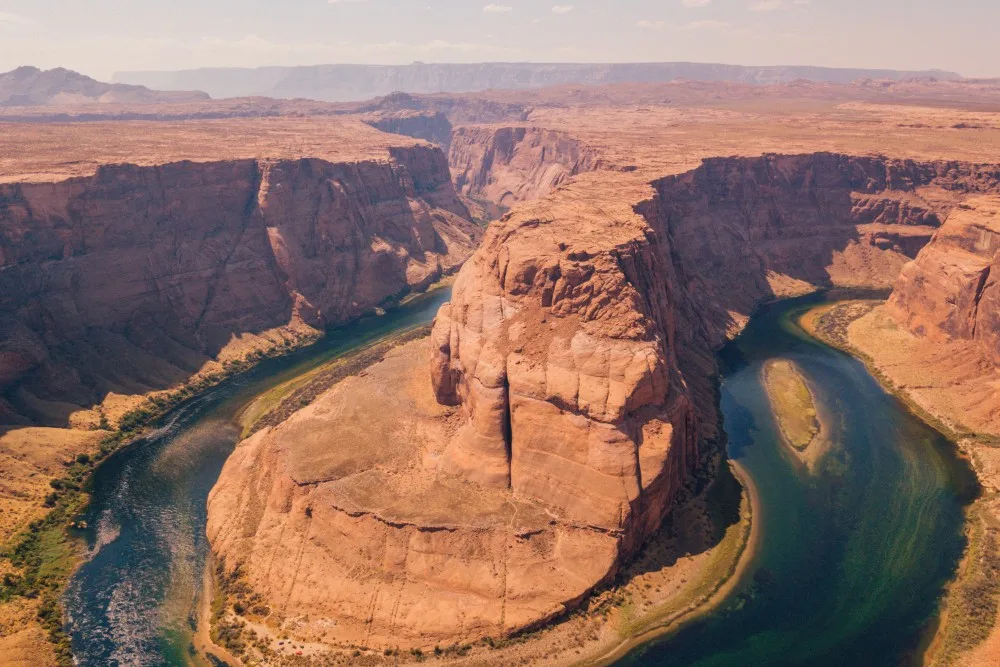Introduction Drainage Patterns
When it comes to the intricate tapestry of our planet’s landscapes, one aspect that often goes unnoticed is the drainage pattern. however, this natural phenomenon is far from mundane; it’s a captivating showcase of natural artistry. in this article, we will look into drainage pattern, their, types, formation, and the role they play in shaping the earth’s surface.
What is drainage pattern:
A drainage pattern refers to the arrangement and organization of rivers, streams, and their tributaries in a specific area. it is a product of geological processes that shape the landscape over millions of years. these patterns are not only essential for the environment but also create breathtaking visuals that leave us in awe.
Types of drainage patterns:
Dendritic drainage pattern: Imagine looking at a tree from above. the branching pattern of rivers in a dendritic system resembles the veins of the leaf. this type is common in regions with uniform geology, such as sedimentary basins.
Trellis Drainage Pattern: In areas with folded and faulted landscapes, a trellis drainage pattern emerges streams and rivers flow parallel to each other with smaller tributaries feeding into them at right angles.
Radial drainage Pattern: Think of the ripples in a pond after tossing a pebble in. A radial drainage pattern emerges when rivers flow outward from a central high point, such as a volcano or dome-shaped mountain.
Parallel drainage pattern: In regions with steep gradients, parallel drainage patterns form rivers. rivers and streams run parallel to each other down the slope of the land.
Formation of drainage patterns:
The formation of drainage patterns is a result of geological processes that include erosion, tectonic movements, and sediment deposition. erosion by rainfall, wind, and glacial activity carves out river valleys, while tectonic movements can uplift or depress land altering the course of rivers.
Role of Drainage Pattern:
Drainage patterns are not just visual marvels they play a vital role in shaping the earth’s surface and ecosystems Here is how
water distribution: Drainage patterns ensure the efficient distribution of water across the landscape, supporting various life forms.
erosion control: They help control erosion by channeling water flow and preventing excessive sediment deposition in one area
Habitat creation: River valleys and wetlands formed by drainage patterns create unique habitats for diverse plant and animal species.
Human settlements: Many civilizations have historically settled along river banks due to the accessibility of water and fertile soil provided by drainage patterns.
Conclusion:
in summary, drainage patterns are a testament to nature’s intricate design and the dynamic forces that shape our world. they not only contribute to the functionality of ecosystems but also add to the visual beauty of landscapes. so the next time you gaze upon a river on its way through the countryside, take a movement to appreciate it.




